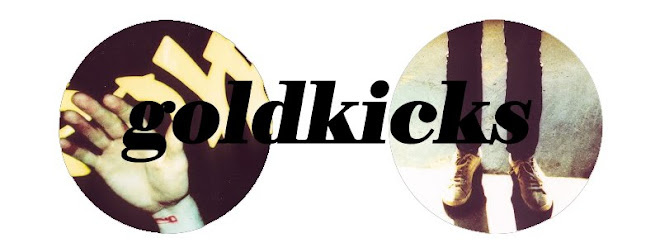Richard Brody of the New Yorker on Michelangelo Antonioni's The Passenger (1975)
Miuccia Prada interviews Enrica Antonioni for Interview Magazine in 1995
Depending on your mood, watching The Passenger might be a languid and even ponderous exercise. Although a new print was playing here in Montreal at Cinema du Parc a couple of years ago, I opted to wait until the mood struck me to watch the film, and I suspect if you sit down to the movie in the wrong sort of mood, you'll be switching it off quite quickly. Not in the same way you'd switch off Salo, and with less head-shaking than at the moment you decide Last Year At Marienbad is not for you.

Antonioni's The Passenger is, if given a chance and if you're in the right mood, an interesting and meditative film - one that I'm glad I had the chance to see, and that I've recommended to others, albeit with the caveat that let your mood should suit the film, as the punishment fits the crime. Released in 1975, and starring Jack Nicholson & Maria Schneider (3 years after Last Tango in Paris), the film is about alienation, escape, and all the grand sort of themes that, depending on your point of view, either plague capital-F Foreign Films, or distinguish it from the dreck produced on the shores of the New World. It's also Hitchcock with the plot machine torn from its chest - handsomely shot, forged identities, a pot-boiler espionage - more critique than homage. The film also features one of the finest tracking shots in film history, up there with the opening of Orson Welles' Touch of Evil.


Antonioni's The Passenger is, if given a chance and if you're in the right mood, an interesting and meditative film - one that I'm glad I had the chance to see, and that I've recommended to others, albeit with the caveat that let your mood should suit the film, as the punishment fits the crime. Released in 1975, and starring Jack Nicholson & Maria Schneider (3 years after Last Tango in Paris), the film is about alienation, escape, and all the grand sort of themes that, depending on your point of view, either plague capital-F Foreign Films, or distinguish it from the dreck produced on the shores of the New World. It's also Hitchcock with the plot machine torn from its chest - handsomely shot, forged identities, a pot-boiler espionage - more critique than homage. The film also features one of the finest tracking shots in film history, up there with the opening of Orson Welles' Touch of Evil.

Peer Raben Dark Chariot
(appears in Fassbinder's Querelle and The Third Generation; and Wong Kar-Wai's 2046)
Zbigniew Preisner Do Not Take Another Man's Wife I
(appears in Kieślowski's Trois Couleurs: Rouge)
Philip Glass Kyoko's House (Osamu's Theme)
(appears in Schrader's Mishima: A Life in Four Chapters)
(appears in Fassbinder's Querelle and The Third Generation; and Wong Kar-Wai's 2046)
Zbigniew Preisner Do Not Take Another Man's Wife I
(appears in Kieślowski's Trois Couleurs: Rouge)
Philip Glass Kyoko's House (Osamu's Theme)
(appears in Schrader's Mishima: A Life in Four Chapters)

No comments:
Post a Comment